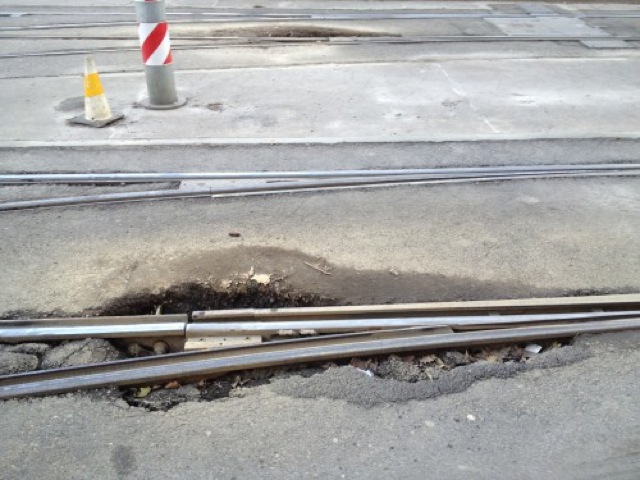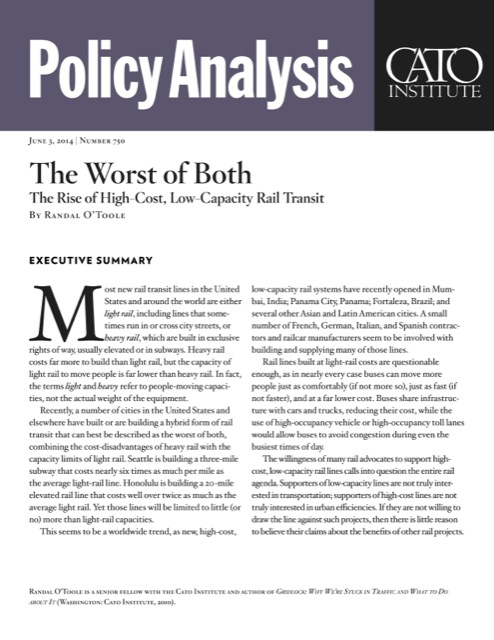The New Year brings a number of news reports fretting (or hoping) that the amount of travel we do has peaked or plateaued. Given that cars are becoming more fuel-efficient, that means that the total amount of energy we use driving will significantly decline. However, the real implications of the claim are far more dire.
The news reports are actually based on a paper published by researchers at Stanford University more than a year ago. The researchers followed the time-honored technique of looking at past data trends, drawing a dotted line into the future, and claiming it as a prediction. Reality is somewhat more complicated.
A much more interesting report, published more than a decade ago by the Minnesota Department of Transportation, compared population and job densities with travel behavior in 31 cities. “Land use, at least at the aggregate level studied here, is not a major leverage point in the determination of overall population travel choices,” the study found. “On the one hand, certain relationships emerge which correspond to generally held beliefs, for example that high residential concentration increases transit share,” though it did not reduce driving or congestion. “On the other hand, aggregate land use characteristics had little or no discernable impact on other measures of travel behavior.”
Continue reading →









